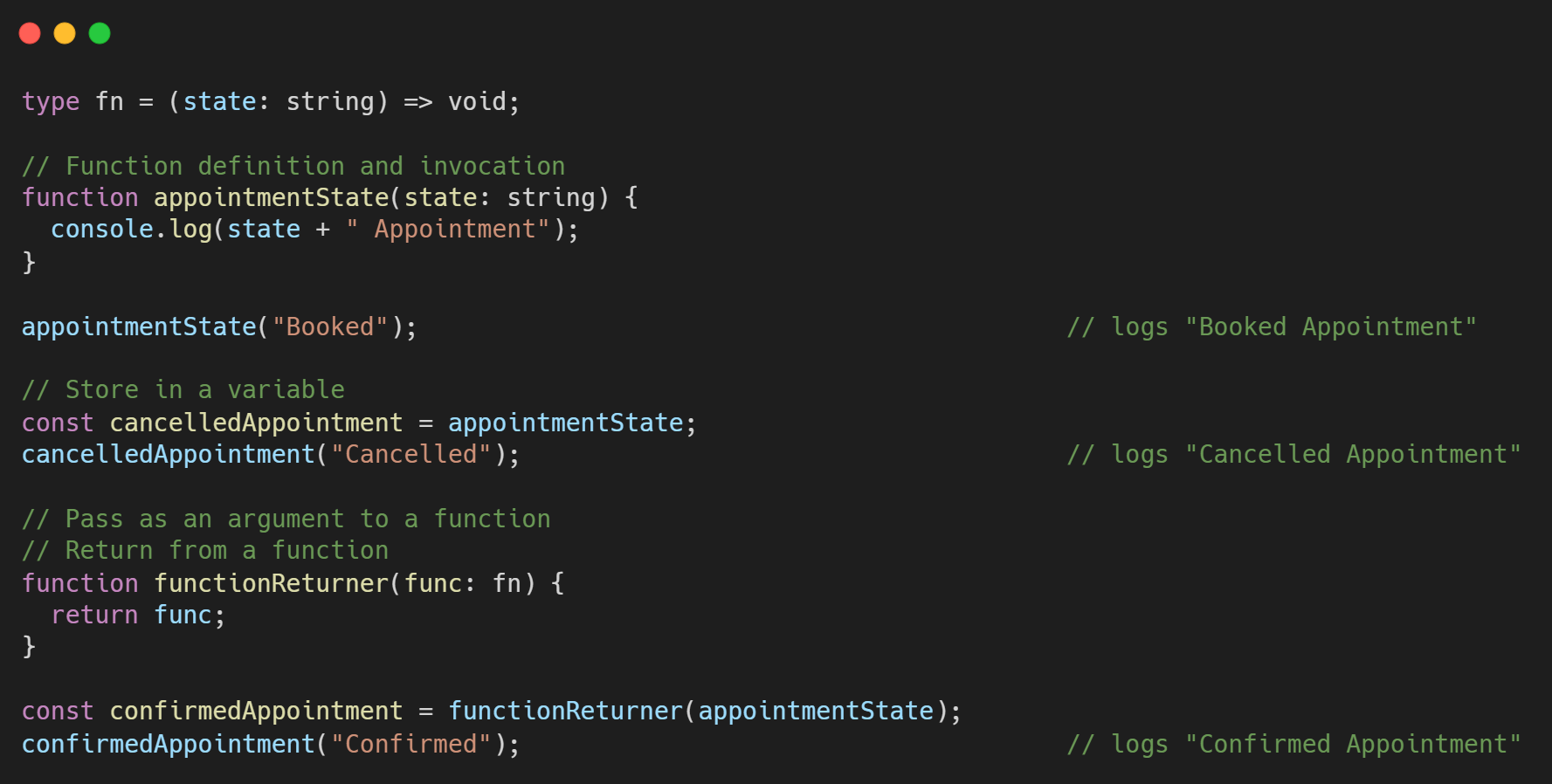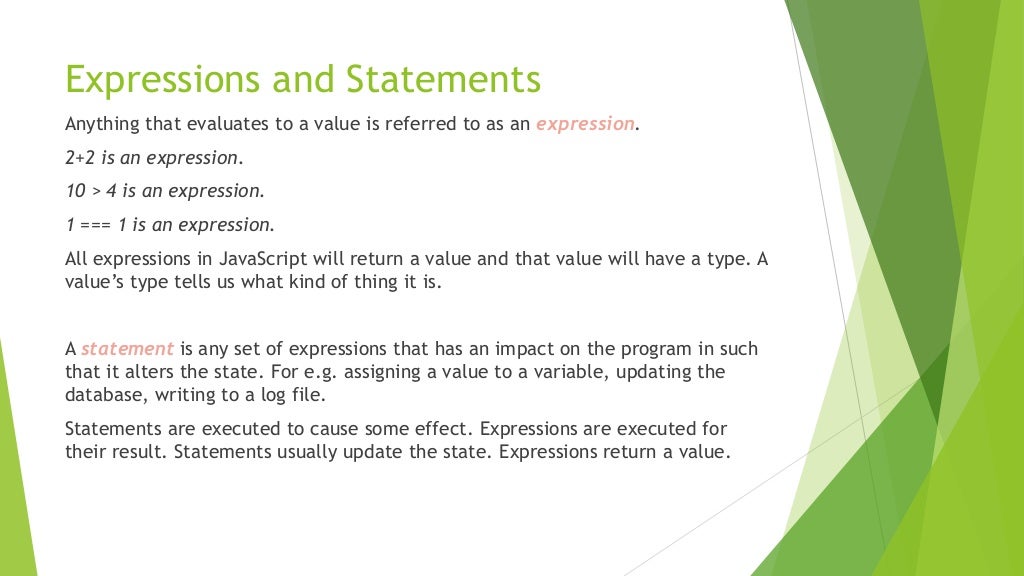

Recall the two language levels of TypeScript: My recommendation is to use whichever syntax best expresses how a property should be set up. (7006) function toString(num) const objWithArrowFunction2 : HasFuncProp = objWithArrowFunction Parameter 'num' implicitly has an 'any' type. This is far from being a top priority of course, but I was surprised to see that TypeScript didnt provide some equivalent typing syntax for function. If, for example the parameter num of a function toString(num) has the static type number, then the function call toString('abc') is illegal, because the argument 'abc' has the wrong static type. Type checking ensures that these predictions come true.Īnd there is a lot that can be checked statically (without running the code). Each storage location (variable, property, etc.) has a static type that predicts its dynamic values. These only exist when compiling or type-checking source code. The essentials of TypeScript Tackling TypeScript (Ad, please don’t block.) 7 The essentials of TypeScript 7.1 What you’ll learn 7.2 Specifying the comprehensiveness of type checking 7.3 Types in TypeScript 7.4 Type annotations 7.5 Type inference 7.6 Specifying types via type expressions 7.7 The two language levels: dynamic vs. TypeScript brings an additional layer to JavaScript: static types.

One way is to ascribe type annotations to the function parameters and return type. This is similar to TypeScript function types: type StringTransformer (input.

#TYPESCRIPT FUNCTION ANNOTATION CODE#
For example, in this code let x 3 let x: number The type of the x variable is inferred to be number. -noImplicitAny: If TypeScript can’t infer a type, we must specify it. In TypeScript, there are several places where type inference is used to provide type information when there is no explicit type annotation.Setting -strict to true, sets all of the following options to true: Read on if you want to know more details. That’s everything about -strict you need to know for now 7.1 What you’ll learnĪfter reading this chapter, you should be able to understand the following TypeScript code: This chapter explains the essentials of TypeScript. 7.16 Conclusion: understanding the initial example.7.15.3 A more complicated function example.7.15.2 Type variables for functions and methods.Some cases where type annotation would be useful are: Variable declaration and initialization. 7.13.2 TypeScript’s structural typing vs. nominal typing Type annotations allow us to tell TypeScript what kinds of values a variable will hold manually.It has a syntax : Type, that must become after the variable name. Continuing from last time, we have a User that includes an array of posts. 7.13.1 Typing objects-as-records via interfaces Type annotation is an explicit value type assignment to a variable.
7.11.1 By default, undefined and null are not included in types.7.10.2 Return types of function declarations.7.7 The two language levels: dynamic vs. static.7.6 Specifying types via type expressions.This way, we make functions less error-prone and get early notifications for any type mismatch. 7.2 Specifying the comprehensiveness of type checking Write annotations manually to help TypeScript understand what we intend to pass for function arguments and what is expected return statement.Boolean type annotations can be added to function parameters by declaring the function and then adding the name of the parameter followed by the : symbol (colon) and then the type boolean after the symbol.


 0 kommentar(er)
0 kommentar(er)
